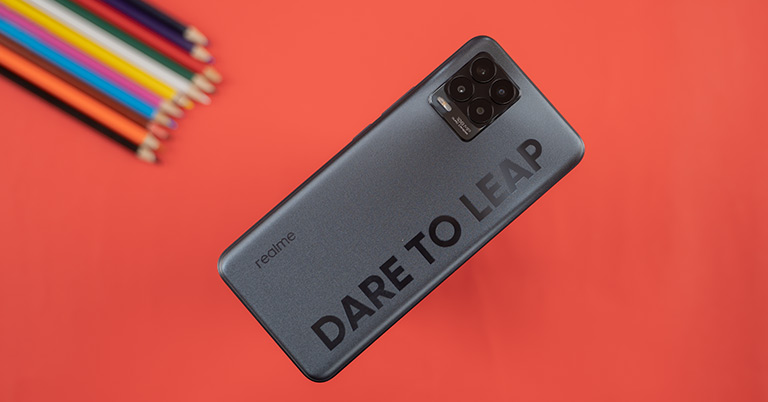
Over the past years, Realme has come up with some really good devices, starting with my personal favorite, the Realme X and X2 Pro, the Realme 6 and 7 series, as well as the recent Realme X7 series. But when looking at the company’s more recent launches, the original charm seems to be fading out. And this includes the new Realme 8 Pro which I’ll be discussing at length in this review.
One of the main reasons for this is how the company has cared so little about bringing any significant upgrades from one generation to another. Besides the higher megapixel primary camera, Realme 8 Pro is pretty similar to last year’s Realme 7 Pro.
Realme 8 Pro Specifications:
- Body: 73.9 x 160.6 x 8.1mm, 176 gm
- Display: 6.4-inches Super AMOLED panel, 60Hz refresh rate, 180Hz touch sampling rate, 409 PPI, 1000 nits peak brightness
- Resolution: Full-HD+ (2400 x 1080 pixels), 20:9 aspect ratio
- Chipset: Qualcomm Snapdragon 720G (8nm)
- CPU: Octa-core (2×2.3 GHz Kryo 465 Gold & 6×1.8 GHz Kryo 465 Silver)
- GPU: Adreno 618
- Memory: 6/8GB LPDDR4X RAM, 128GB UFS 2.1 storage (expandable)
- Software & UI: Android 11 with Realme UI 2.0 on top
- Rear Camera: Quad-camera;
– 108MP f/1.88 primary lens, HM2 sensor
– 8MP f/2.25 ultra-wide lens, 119º FOV
– 2MP f/2.4 macro lens, 4CM focus
– 2MP f/2.4 B&W sensor - Front Camera: 16MP f/2.45 Sony IMX471 sensor (punch-hole)
- Audio: Bottom-firing speaker, 3.5mm headphone jack
- Security: Optical in-display fingerprint scanner, Face unlock
- Sensors: Acceleration, Gyroscope, Magnetic Induction, Proximity, Light
- Connectivity: Dual-SIM (Nano), WiFi 802.11 a/b/g/n/ac (Dual-band), Bluetooth 5.0, GPS / AGPS / Glonass / Beidou, USB Type-C, 4G LTE
- Battery: 4500mAh with 50W SuperDart Charge (65W adapter provided)
- Color options: Infinite Blue, Infinite Black, Illuminating Yellow
- Price in Nepal: N/A (not launched yet)
Realme 8 Pro Review:
And with the launch of Redmi’s new Note 10 Pro series which we all know carries better specifications than the Realme 8 Pro, this one does not look that appealing, to say the least. Thankfully, they have priced this phone a little lower than the Note 10 Pro Max. Otherwise, it would have been a complete whitewash.
Design & Build
- Glass front, polycarbonate body
- Subtle sandstone finish at the back
Now, starting this review with the design, in terms of looks, the Realme 8 Pro isn’t very appealing from the back. While I like the new camera module layout, the big “Dare To Leap” logo is just too much for me. And as I have been saying repeatedly, Realme really needs to work on the color options for their offerings.
Except for the Infinite Blue variant, other choices are pretty boring. Well, one might argue about the Illuminating Yellow option although I’m not a big fan of that variant either.
Looks aside, the back, as well as the frames of the 8 Pro, are made of plastic. Yet, it’s still sturdy and doesn’t creek or bend when applying significant pressure. The matte back has this sandstone textured finish because of which it feels unconventional. But if you ask me, it doesn’t feel as premium as the phones with a glass body.
Comfortable build
In terms of hands-on feel, the slight texture coupled with the curved sides does add to the grip which makes the Realme 8 Pro a very comfortable device to hold. Comparing it side-by-side with the Note 10 Pro Max, Realme 8 Pro is definitely the more ergonomic device.
While Redmi chooses its device to be slightly bulkier and wider, Realme’s offerings have always been compact, snuggly, and light on hands which is something I appreciate.

On the contrary, Xiaomi went up a level by offering an IP53 rating on the Note 10 series whereas Realme hasn’t added any sort of precaution against dust and water. More disappointingly, there is no rubber gasket or such on the SIM tray either, meaning that you will have to be extra careful with the phone.
Display
- 6.4-inches FHD+ Super AMOLED screen
- 60Hz refresh rate, 180Hz touch sampling rate
Same goes with the display. While you get a 120Hz AMOLED screen with the Redmi Note 10 Pro and Pro Max, Realme has chosen to go with the standard 60Hz refresh rate and 180Hz touch sampling rate on the 8 Pro, just like its predecessor.
So, I am slightly disappointed that the company didn’t go for a higher refresh rate, which I think is one of the biggest cons of this device—and one of the reasons why lots and lots of people are ranting about this phone in the comment section of Realme’s post.
In its defense, Realme has included a good quality AMOLED screen though. It is similar to the one on Realme X7 and you will notice an improvement this time in terms of the touch response and brightness compared to its predecessor.
Vibrant AMOLED screen
Likewise, it is quite color-accurate and has WideVine L1 certification too. You also have DC dimming feature here that will help reduce stress to your eyes at low brightness levels. However, it’s not SGS or TUV Rheinland certified. Maybe the next generation of Realme phones will have that since the company has collaborated with TUV in developing the “TUV Rheinland Smartphone High-Reliability Certification”.
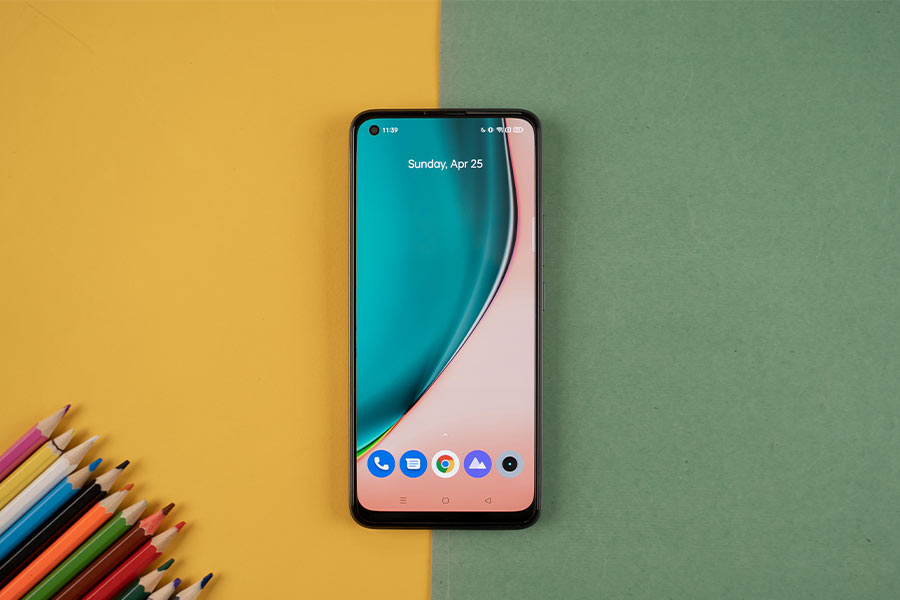
There’s one little thing I can’t miss. Before the recent security update, I would get a blank screen time and again when watching Netflix which was quite annoying. But it’s all fixed now, so no worries.
Also, one thing I have always liked about Realme phones with AMOLED screens is how they offer an in-display fingerprint sensor. While the Redmi Note 10 Pro Max makes do with a side-mounted mechanism, an under-display implementation certainly adds to a premium experience on the 8 Pro. Plus, it is really fast and gets the reading correctly most of the time, except for when your hands are wet, sweaty, or greasy.
Similarly, there’s an always-on display option in the settings too which only appears on the screen for like 10 seconds. As of now, you don’t get different AOD styles to choose from like with the Note 10 Pro Max, but I hope it will arrive via an update soon.
Performance
- Octa-core Qualcomm Snapdragon 720G SoC (8nm)
- 6/8GB LPDDR4X RAM, 128GB UFS 2.1 storage (expandable)
- Realme UI 2.0 based on Android 11 out-of-the-box
Just like the display, the chipset on the Realme 8 Pro is the same Snapdragon 720G as in its two earlier iterations. I think the reason behind using the same old chipset is because of the whole global chipset shortage ordeal and 5G chipsets being considerably expensive.
Comparing its performance with the Redmi Note 10 Pro Max, both phones do quite a similar job. Heavy games and apps load at almost the same time. RAM management was also quite similar.
What about gaming?
Gaming on the Realme 8 Pro is a good-enough experience too. You can achieve a stable 38-40 fps in PUBG Mobile when pushing it to its optimum settings i.e Balanced graphics and Ultra frame rates.
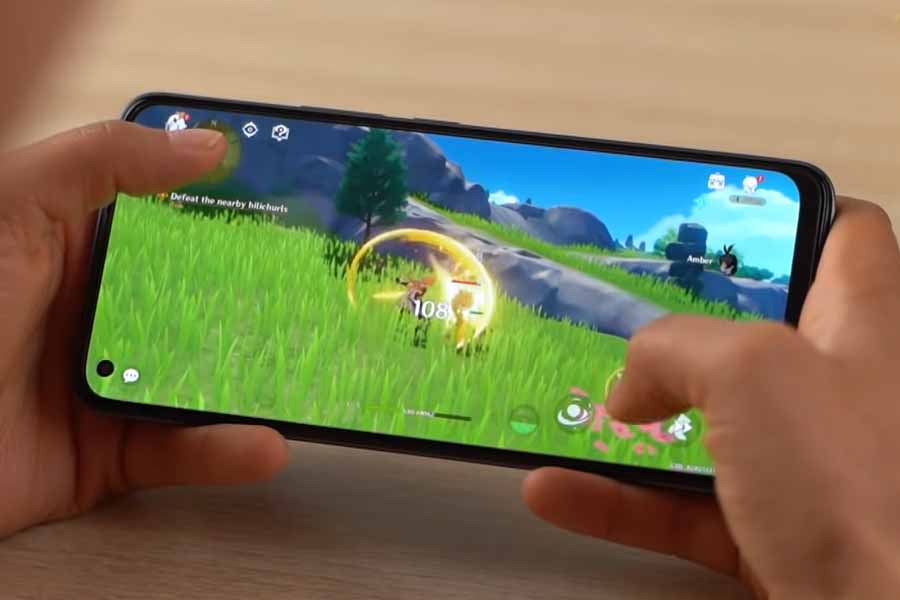
With demanding games like Genshin Impact, you can get a respectable 25-30 fps at the lowest graphics and 30 frame rate settings, which I think is not that bad. Other relatively less demanding games like COD can go upto 60 fps at max frame rates and high graphics settings.
And while playing such games for a long time, I noticed that the phone heats up slightly beside the camera module. It’s nothing alarming though! However, if you want the best performance-per-dollar, the new Poco X3 Pro with its Snapdragon 860 chipset is a much better value.
UI/UX
Moving on, the Realme 8 Pro runs on the latest Android 11 platform with Realme UI v2.0. But when it comes to security and firmware updates, companies like Realme and Xiaomi have a bad history, which I can only hope to see improve in the coming days.

Anyway, what I am happy about is that Realme has constantly been improving its Android skin. I like how you can change the look and feel of the system from the font to text size to practically everything so conveniently. And unlike the Redmi Note 10 Pro Max, I find Realme’s implementation of dark mode better too. You can also choose between 3 levels of dark mode ranging from gray to pitch black.
Cameras
- Quad-cameras at the back
- (108MP main, 8MP ultrawide, 2MP macro, 2MP B&W)
- 16MP selfie camera inside the punch-hole cutout
Let’s talk about the cameras now. While the display and performance aspect of the 8 Pro remains the same, the company has tweaked a few things in the camera department. This time, we get the 108MP Samsung HM2 sensor coupled with the same 8MP ultra-wide and 2MP depth and macro lenses.
Normal Images
The 12MP nona-binned images from the main sensor have plenty of detail with a good, vibrant color tone. The colors are mostly on the warmer side and because of this, in many instances, the camera is not able to handle reds properly.
For this review, I compared the cameras of the Realme 8 Pro with the Note 10 Pro Max and found that it had a relatively cooler color tone. Other than that, the detail levels between them are really close.
And as far as colors are concerned, well, both phones do their share of oversaturation in the images. Thus, none of them represent accurate colors. In most scenarios, Realme’s images look more pleasing though.
Wideangle Images
The ultra-wide images are almost similar from both phones.
They have a slightly poor dynamic range and subdued details. So, apart from the slight color difference, ultra-wide images look almost similar.
Portrait Images
Moving to the portraits, well, I prefer none of them. Note 10 Pro Max darkens the subject unnecessarily and while Realme goes for this unnatural red/pink tone on the subject’s skin.
But if I absolutely had to choose one, I would prefer portraits from the 8 Pro.
Also, Realme has brought some fun portrait options like Neon, dynamic bokeh, etc with which you can add a bit of flair to your shots. There’s also something called the AI portrait video option that lets you add some cool visual effects to your portrait videos.
Nighttime Images
Nighttime images are almost the same between the two phones. Here, Realme over-saturates both the normal and night mode images a little too much which might look striking.
Note 10 Pro Max, on the other hand, reproduces toned-down colors. Also, Realme 8 Pro has a tad bit more contrast because of which the sky looks pitch black, especially in night mode images, and hence makes the pictures lose some details.
Having said that, the Redmi Note 10 Pro Max does not have night mode for ultra-wide-angle images, which gives the Realme 8 Pro an edge in that department.
Zoomed Images
With the 108MP sensor, Realme claims that it uses a superior algorithm to enhance clarity while taking zoomed images. In my tests, it has resulted in better 3x zoom images compared to the Redmi Note 10 Pro Max.
Selfie images
As for selfies, the Note 10 Pro Max has a slight green tint while the Realme 8 Pro prefers a pink/red tint instead.
Apart from that, the images are almost similar in details and subject focus. Portrait selfies share the same fate.
Videography
Just like the selfies, video capabilities from both phones are similar too. You can capture upto 4k 30 fps videos from its rear 108MP lens. Sadly, both of them lack good stabilization and the only difference you will notice is Note 10 Pro Max tends to saturate certain aspects more while the Realme 8 Pro’s footages are slightly heavy in contrast.
The stabilization on these phones improves once you lower the resolution to 1080p 30 fps. The point of difference again being the slightly bumped saturation on the Redmi Note 10 Pro Max. But, Realme does deserve credit for producing really stabilized footage in 1080p 60 fps resolution too while Redmi’s 1080p 60 fps videos are quite shaky.
vs Realme 7 Pro
I also briefly compared Realme 8 Pro’s cameras with the Realme 7 Pro and found both doing a similar job in terms of details.
The color optimization is better on the 8 Pro though. So overall, I like 8 Pro’s images better. Apart from that, detail levels are quite identical.
Battery
- 4500mAh battery with 50W SuperDart charging
Alright, getting to the battery, the Realme 8 Pro has a modest 4,500 mAh battery just like its predecessor. It lasted me for an entire day on normal to moderate usage which is basically the same level of endurance as the Realme 7 Pro.
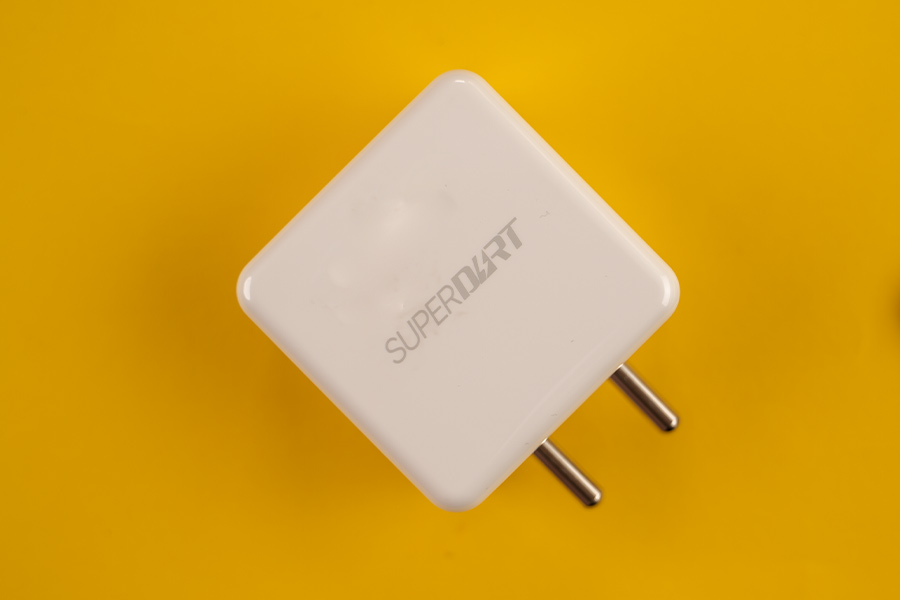
Surprisingly, there’s a downgrade in the charging speed on the 8 Pro as the phone only accepts a maximum of 50W of power via the 65W fast charger included inside the box.
Plus, there’s also a downgrade in other aspects like the speakers. While its predecessor had a stereo speaker setup, the 8 Pro skimps on that. Comparing with the Realme 7 Pro, I found that it has a louder output with better instrument separation. 8 Pro’s audio quality is not that bad. It is sufficiently loud with decent bass. Then again, a stereo speaker setup would have sounded more fuller.
Conclusion
Okay, let’s bring this review of the Realme 8 Pro to a conclusion. You know just how competitive the midrange segment is these days. There’s a healthy competition among different brands where every one of them tries to bring some standout features to differentiate their product. For instance, the Redmi Note 10 Pro Max has a 120HZ AMOLED screen which no one is offering in its price range.
Similarly, Samsung’s Galaxy M62 comes with a big 7000mAh battery and a relatively better-performing Exynos 9825 chipset. Moreover, the new Moto G60 appeals to those who favor a clean near-stock Android experience. However, with the Realme 8 Pro, nothing seems special anymore.

It is quite similar to last year’s Realme 7 Pro and the recently launched Realme X7. And this is the reason why lots of people were pissed off soon after the announcement of this phone. Don’t get me wrong though! It’s still a very good device.
It performs well in almost every aspect. But for a young and energetic company like Realme that has achieved so much and broke so many records, you expect them to WOW the audience with its new releases. Unfortunately, with the 8 Pro, I think Realme has failed to deliver that excitement.
- Watch our video review of the Realme 8 Pro.
Realme 8 Pro Review: Pros & Cons
Pros:
- Comfortable, ergonomic build quality
- Excellent Super AMOLED display
- Decent performance (including gaming)
- Comparatively better cameras
- Acceptable battery endurance
Cons:
- Uncompetitive and lacking a wow factor
- Unappetizing “Dare To Leap” branding
- Absent 90/120Hz high refresh rate
- No gorilla glass protection, IP rating
- Downgraded bottom-firing speakers
- Downgraded 50W SuperDart charging






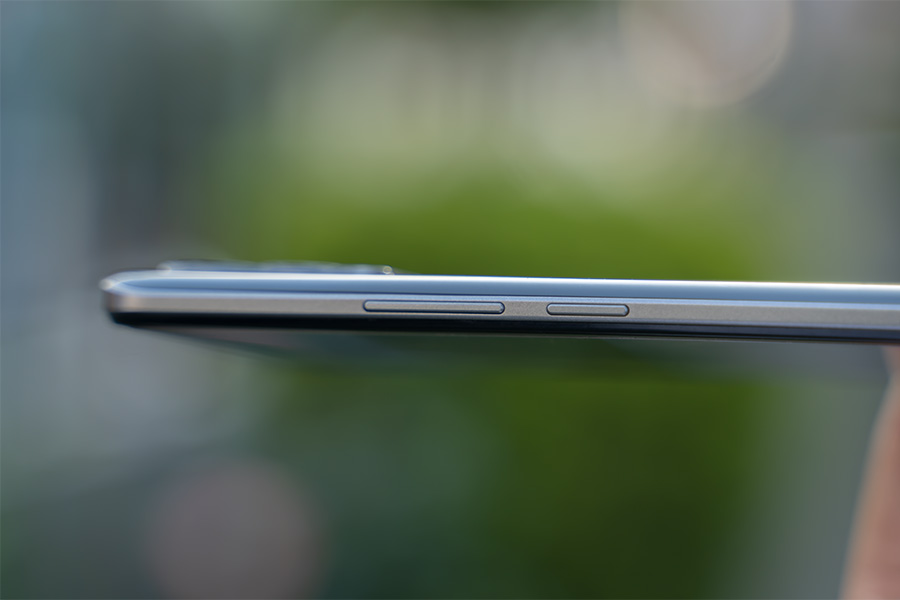
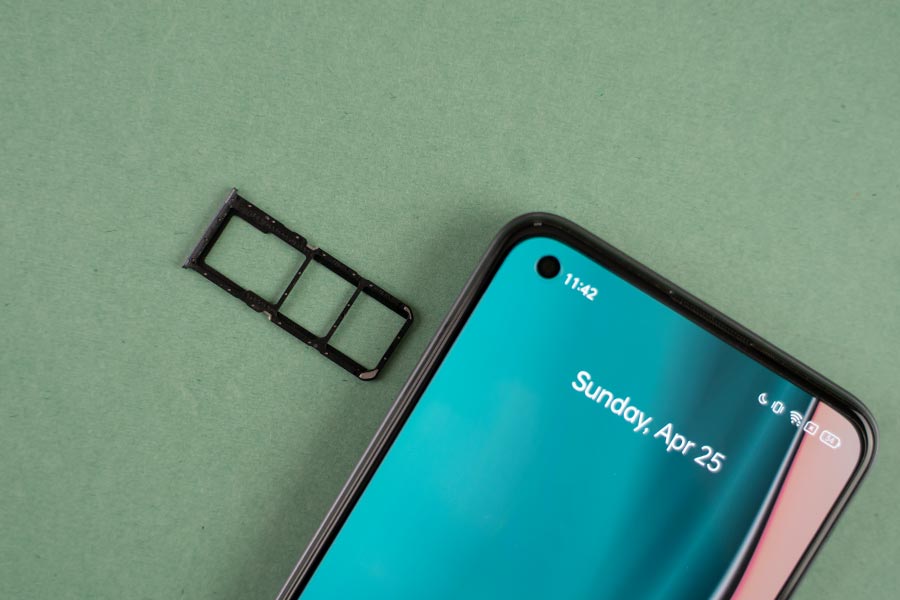

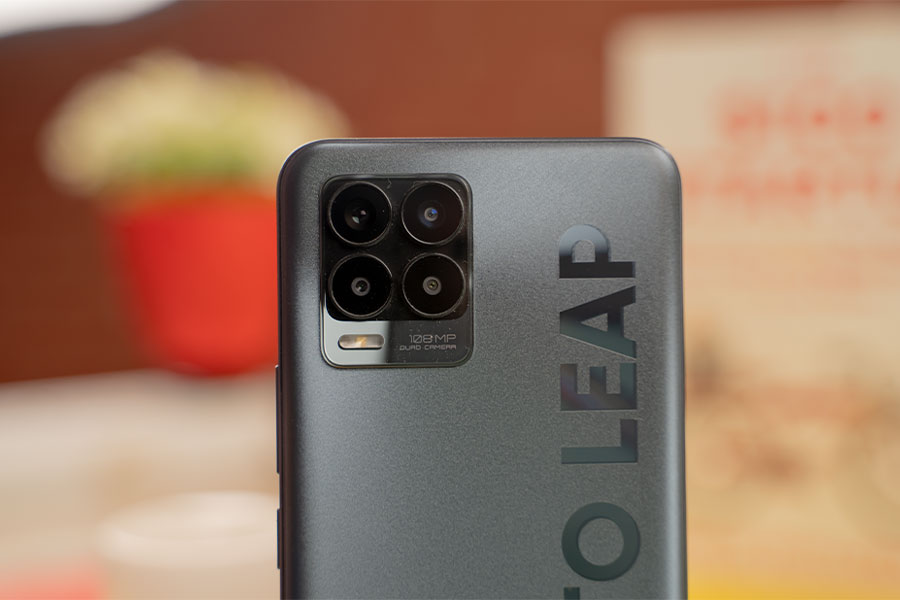
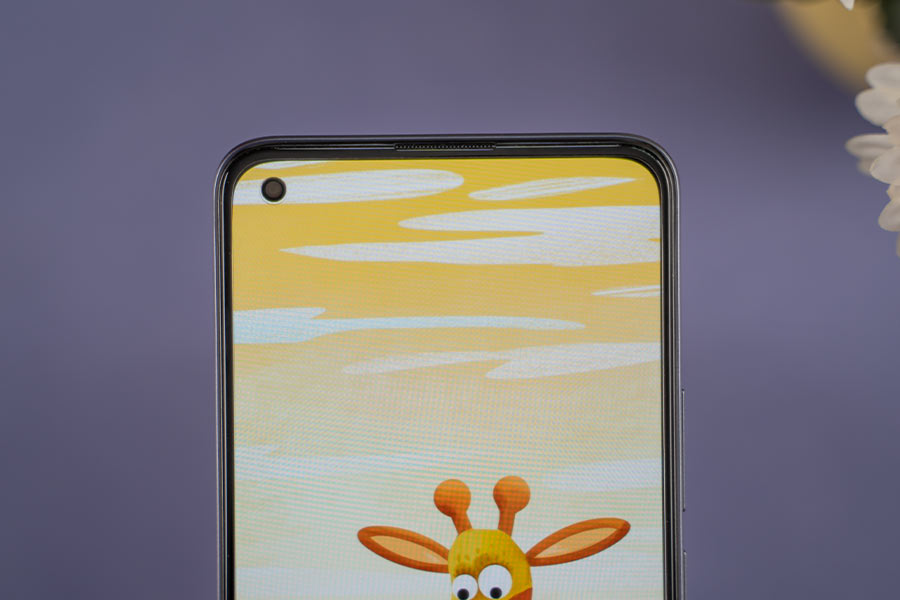

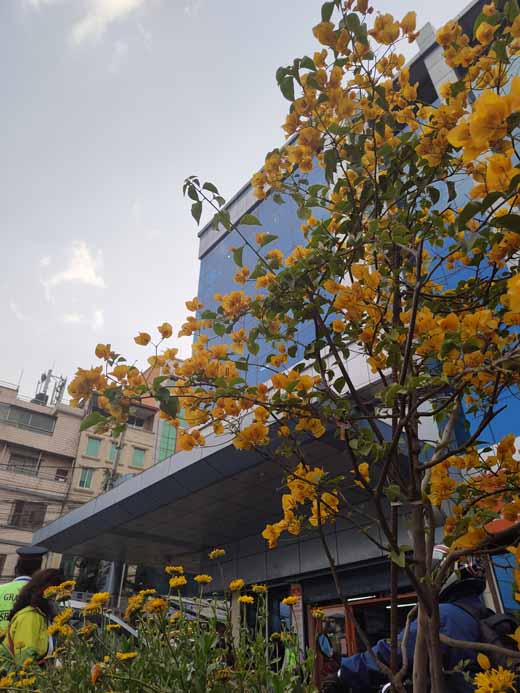

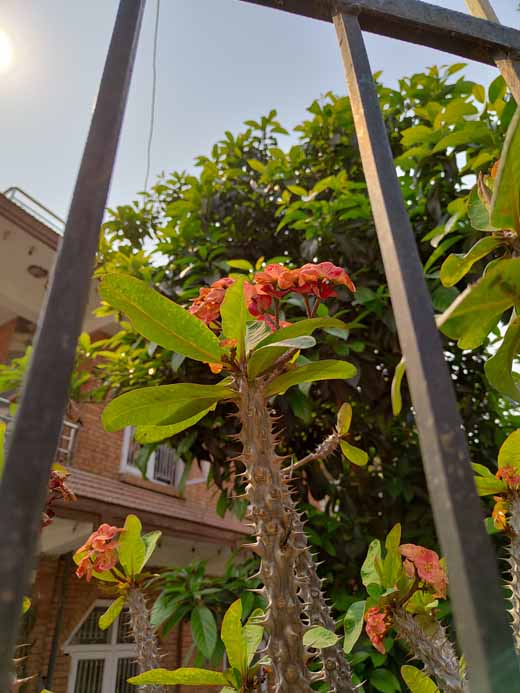






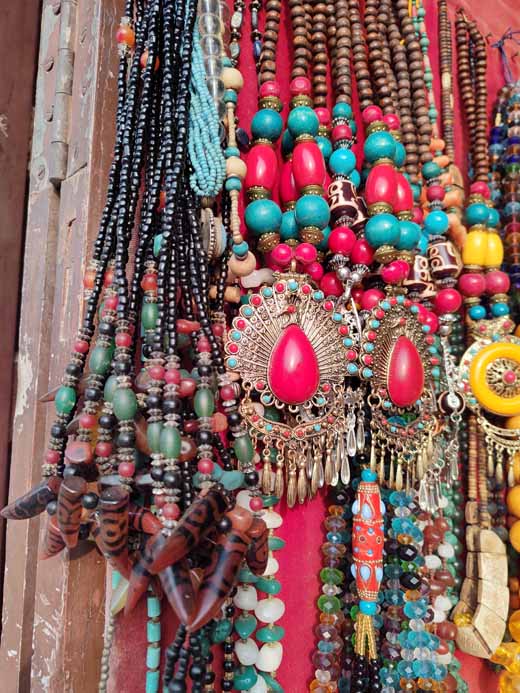



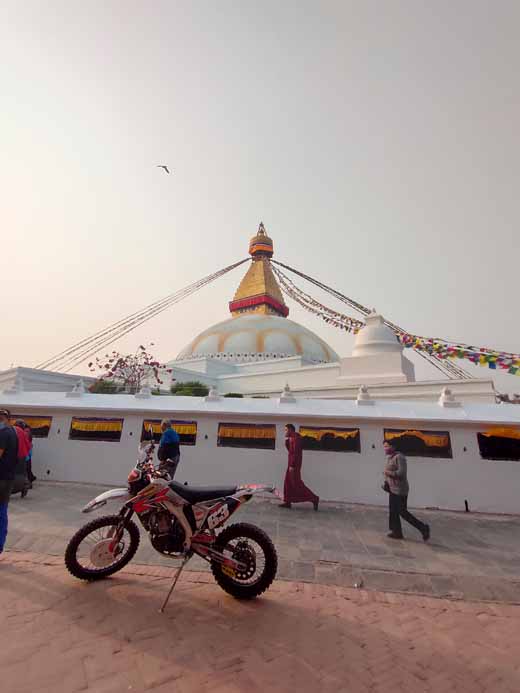
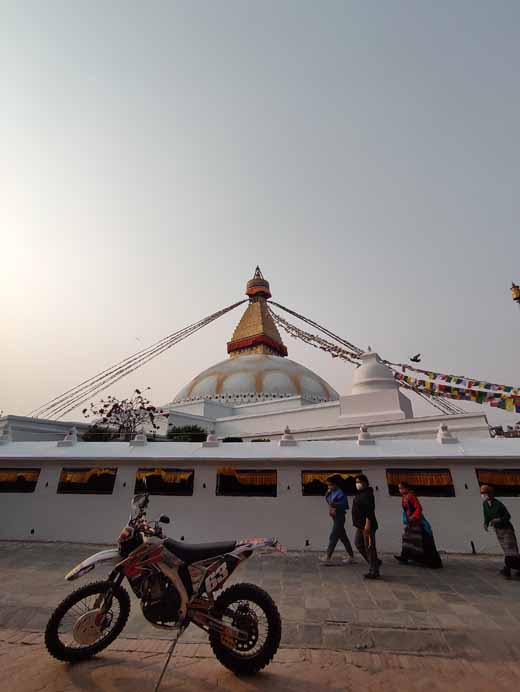

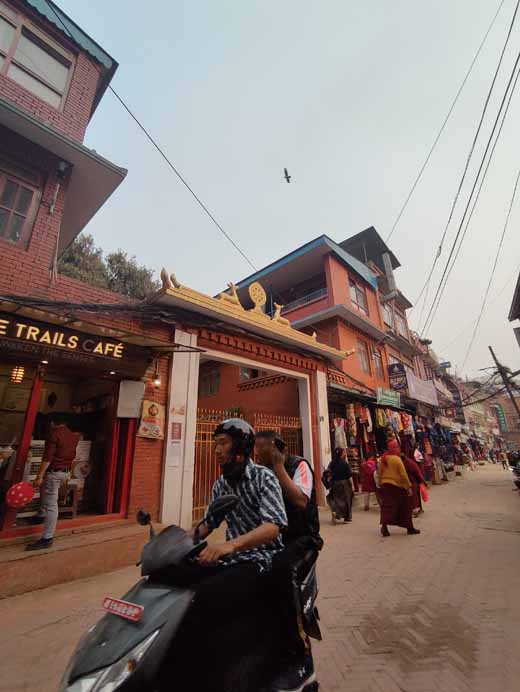

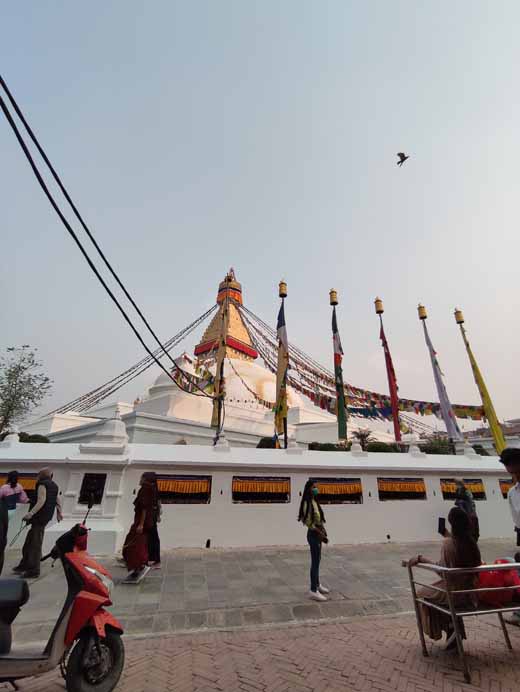












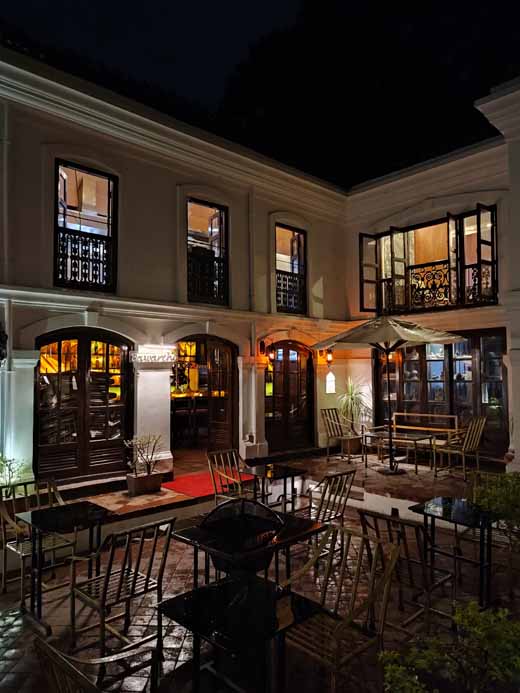


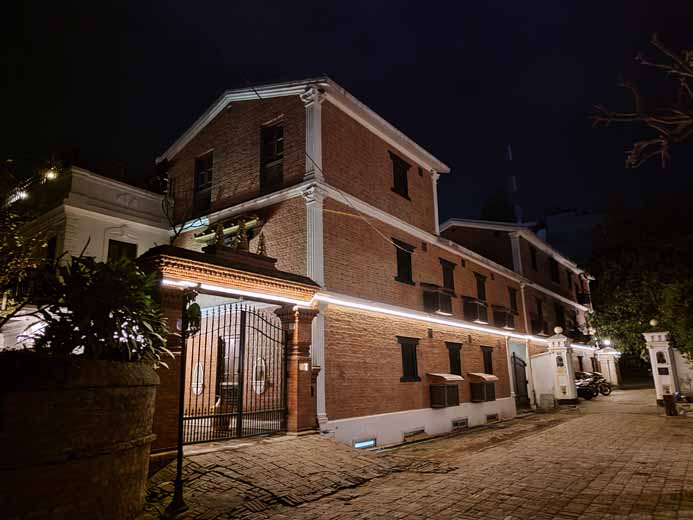
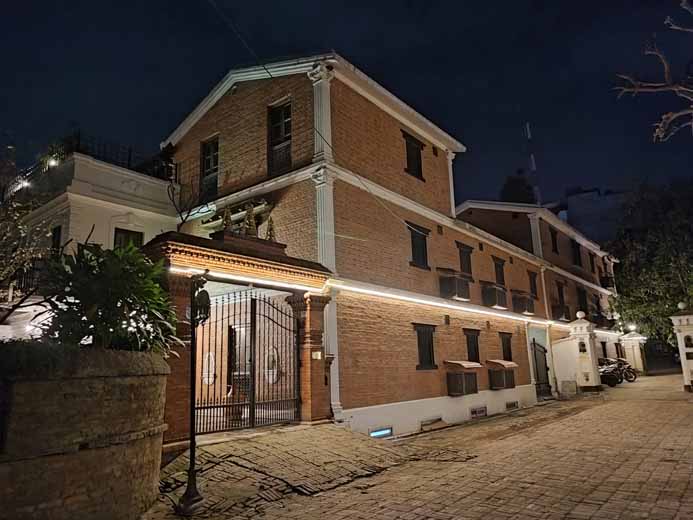
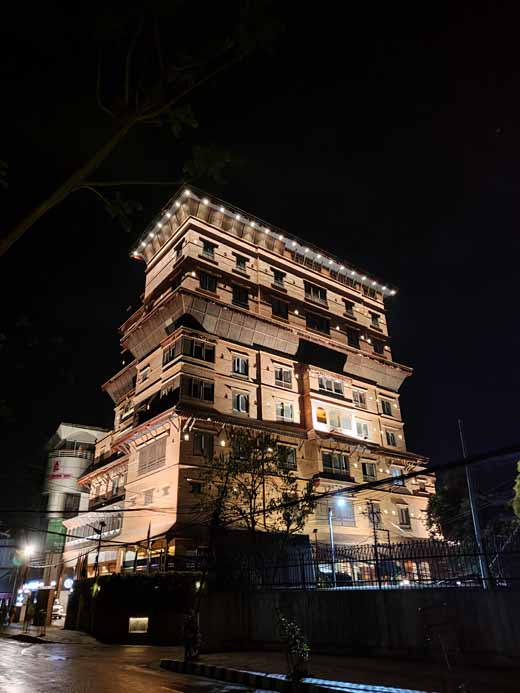
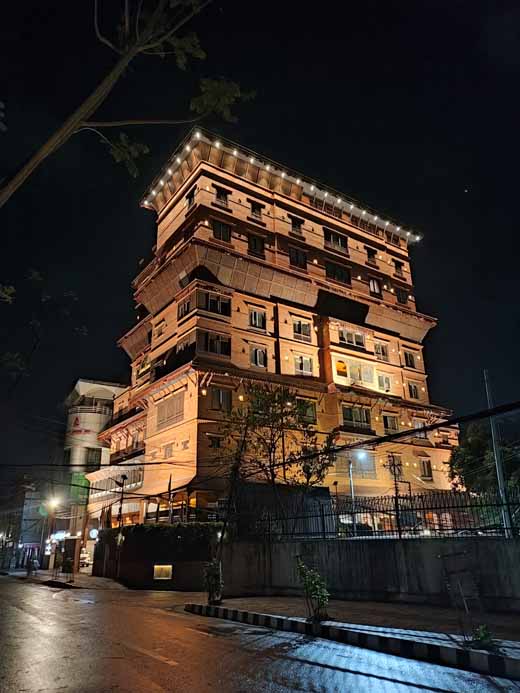


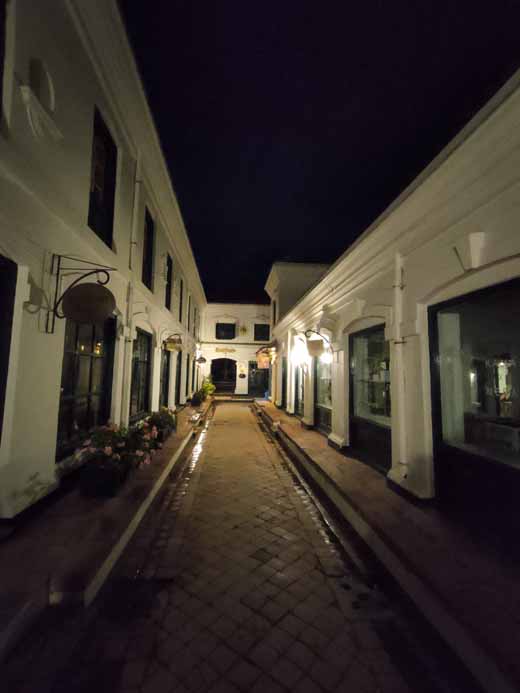
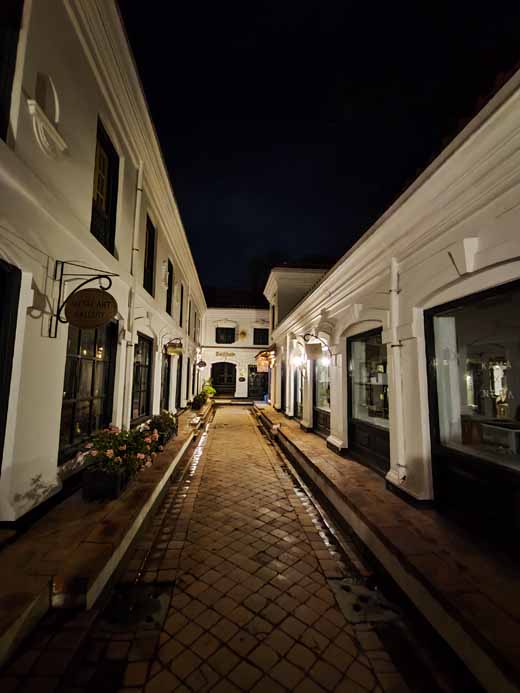

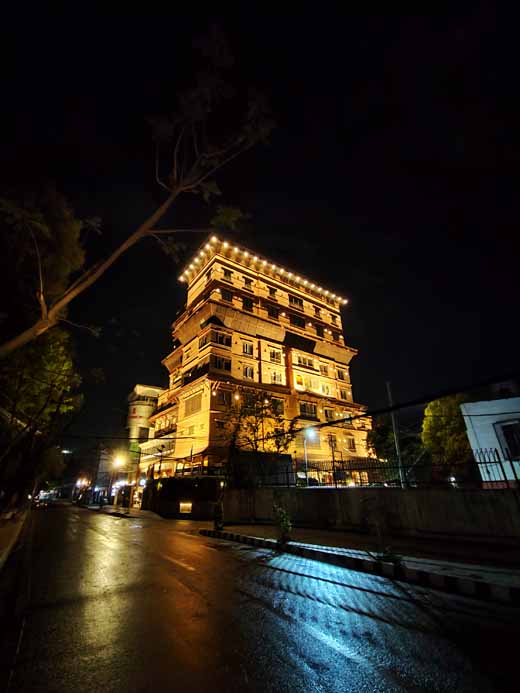









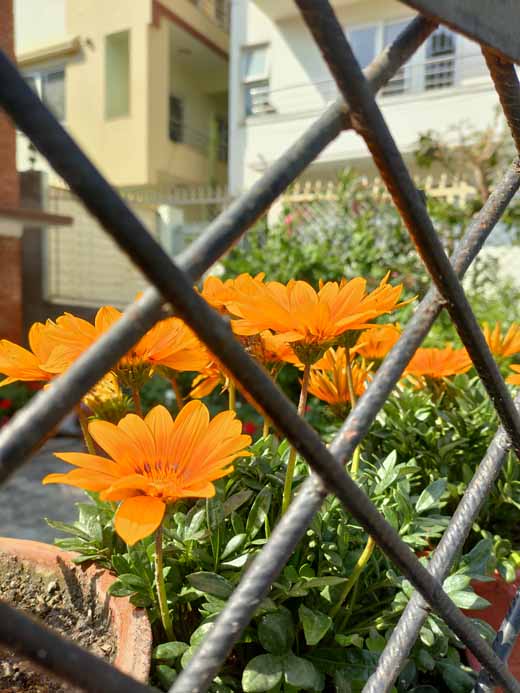
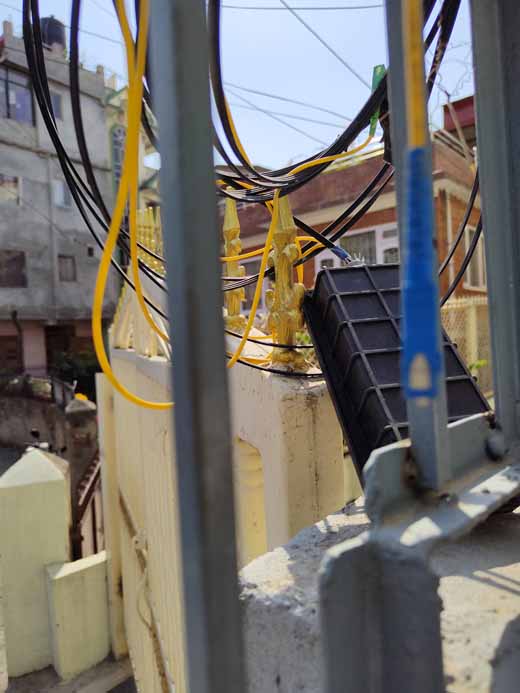
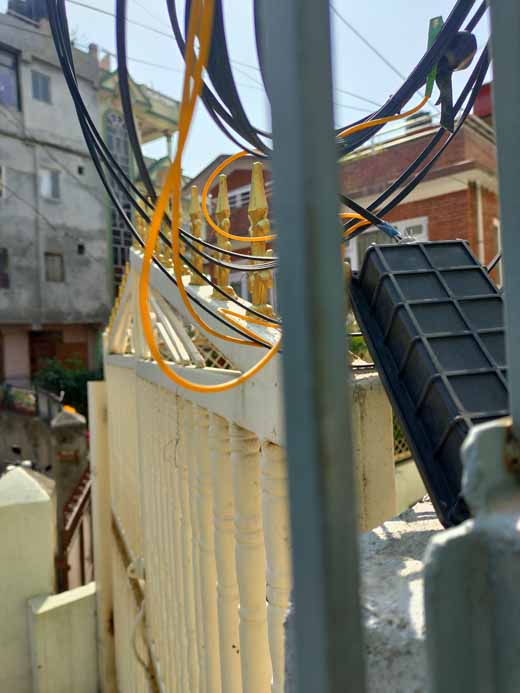


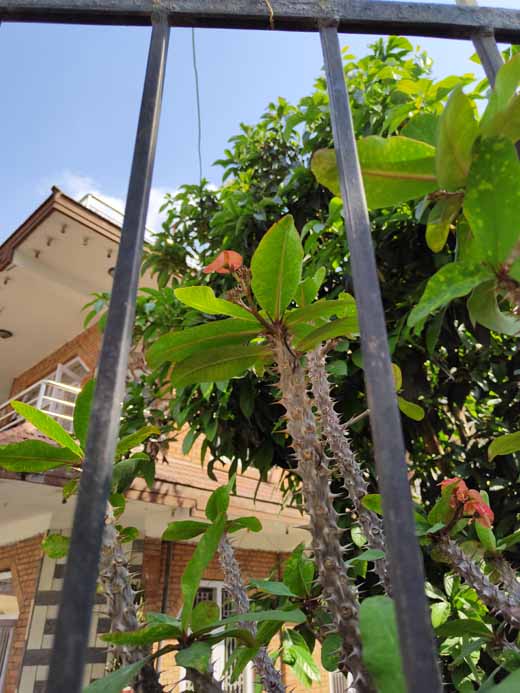
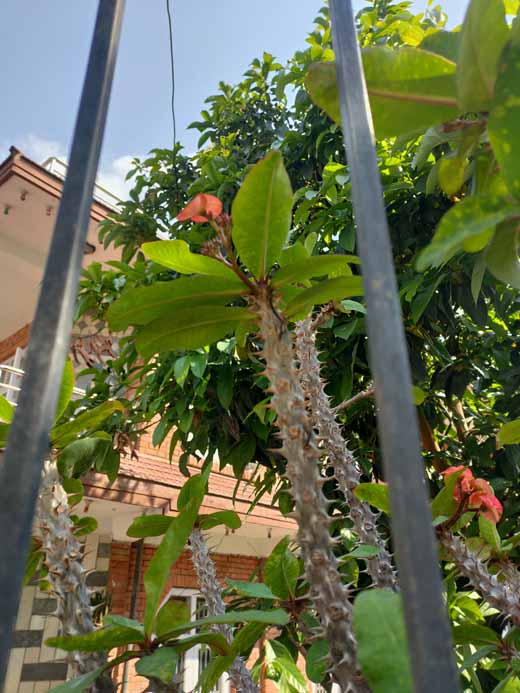

![Best Gaming Laptops in Nepal Under Rs. 250,000 (रु 2.5 Lakhs) [2025] Best Gaming Laptops Under 2.5 lakhs in Nepal [Feb 2025 Update]](https://cdn.gadgetbytenepal.com/wp-content/uploads/2025/02/Best-Gaming-Laptops-Under-2.5-lakhs-in-Nepal-Feb-2025-Update.jpg)
![Best Gaming Laptops in Nepal Under Rs. 120,000 (रु 1.2 Lakhs) [2025] Best Budget Gaming Laptops Under Rs 120000 in Nepal 2025 Update](https://cdn.gadgetbytenepal.com/wp-content/uploads/2025/05/Best-Budget-Gaming-Laptops-Under-Rs-120000-in-Nepal-2024-Update.jpg)
![Best Laptops Under Rs. 80,000 in Nepal [2025] Best Laptops Under 80,000 in Nepal March 2025 Update](https://cdn.gadgetbytenepal.com/wp-content/uploads/2025/03/Best-Laptops-Under-80000-in-Nepal-March-2025-Update.jpg)
![Best Laptops Under Rs. 70,000 in Nepal [2025] Best Laptops Under 70,000 in Nepal March 2025 Update](https://cdn.gadgetbytenepal.com/wp-content/uploads/2025/01/Best-Laptops-Under-70000-in-Nepal-March-2025-Update.jpg)
![Best Gaming Laptops in Nepal Under Rs. 200,000 (रु 2 Lakhs) [2025] Best gaming lapotp under 2 lakhs Nepal Feb 2025](https://cdn.gadgetbytenepal.com/wp-content/uploads/2025/01/Best-Gaming-Laptops-Under-2-Lakh-Nepal-Feb-2025-Update.jpg)
![Best Mobile Phones Under Rs. 15,000 in Nepal [Updated 2025] Best Phones Under 15000 in Nepal 2024 Budget Smartphones Cheap Affordable](https://cdn.gadgetbytenepal.com/wp-content/uploads/2024/03/Best-Phones-Under-15000-in-Nepal-2024.jpg)
![Best Mobile Phones Under Rs. 20,000 in Nepal [Updated] Best Mobile Phones Under NPR 20000 in Nepal 2023 Updated Samsung Xiaomi Redmi POCO Realme Narzo Benco](https://cdn.gadgetbytenepal.com/wp-content/uploads/2024/01/Best-Phones-Under-20000-in-Nepal-2024.jpg)
![Best Mobile Phones Under Rs. 30,000 in Nepal [Updated 2025] Best Phones Under 30000 in Nepal](https://cdn.gadgetbytenepal.com/wp-content/uploads/2025/01/Best-Phones-Under-30000-in-Nepal.jpg)
![Best Mobile Phones Under Rs. 40,000 in Nepal [Updated 2025] Best Phones Under 40000 in Nepal 2024 Smartphones Mobile Midrange](https://cdn.gadgetbytenepal.com/wp-content/uploads/2024/02/Best-Phones-Under-40000-in-Nepal-2024.jpg)
![Best Mobile Phones Under Rs. 50,000 in Nepal [Updated 2025] Best Phones Under 50000 in Nepal](https://cdn.gadgetbytenepal.com/wp-content/uploads/2025/01/Best-Phones-Under-50000-in-Nepal.jpg)
![Best Flagship Smartphones To Buy In Nepal [Updated] Best flagship phone 2025](https://cdn.gadgetbytenepal.com/wp-content/uploads/2024/07/Best-Flagship-Phones-who-is-it-ft-1.jpg)